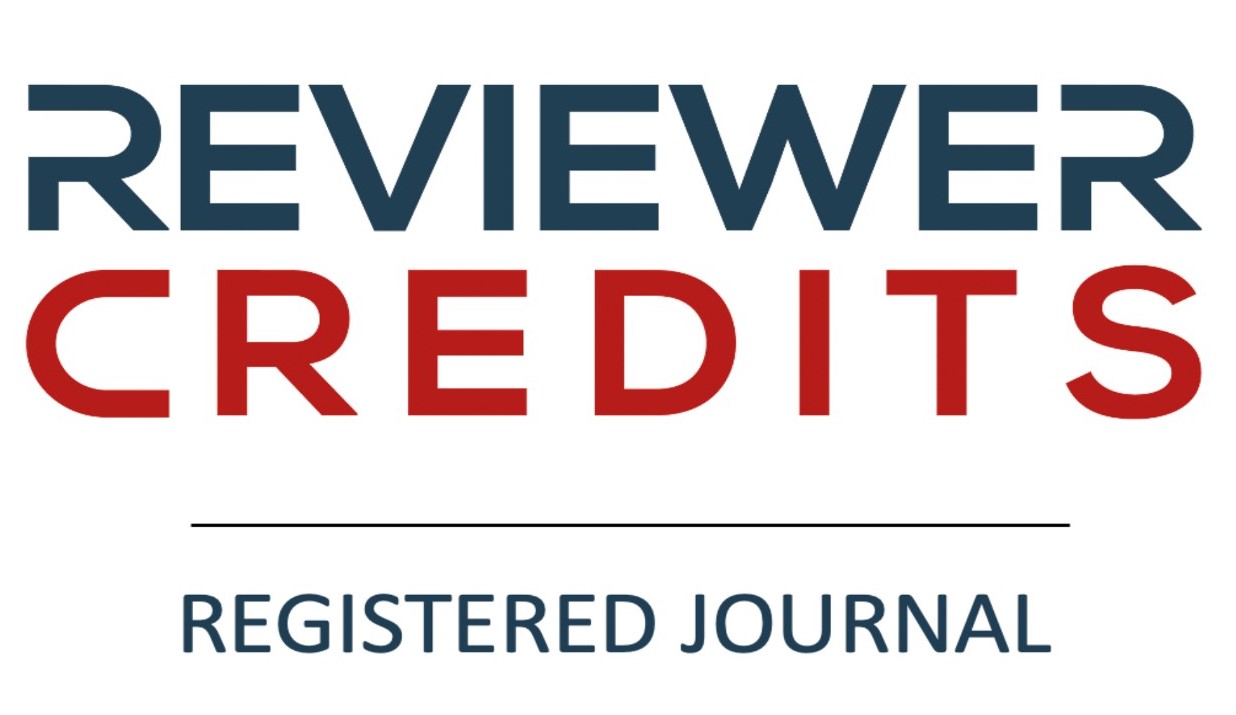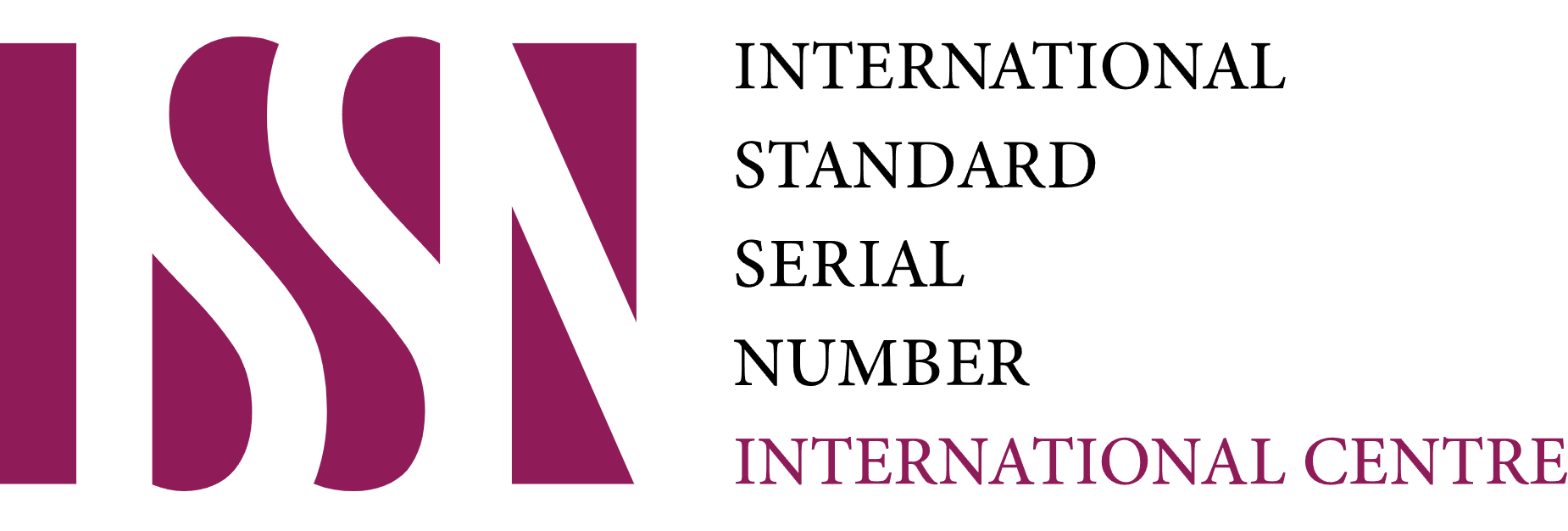Keberlanjutan Usaha Peternakan Sapi Potong dan Peran Kelembagaan Ekonomi Petani di Kecamatan Gegerbitung Kabupaten Sukabumi Provinsi Jawa Barat
DOI:
https://doi.org/10.51852/jpp.v14i2.414Keywords:
farmer economic institutional, business sustainability of cattle breeder, kelembagaan ekonomi petani, keberlanjutan usaha sapi potongAbstract
The problems faced by cattle breeders for their sustainability efforts in their business are influenced by economic institutional. Gabungan Kelompok Tani (Gapoktan) is one form of the economic institutional farmers (KEP) which is expected to be the sustainability of the business in the field of agriculture has not been running as its function. The purpose of this research is to 1) analyzing the relationship characteristic implementation functions and capabilities to the role of the farmer's economic institutional; 2) Analyzing Gapoktan's role on the sustainability of cattle breeding; 3) Analyzing the factors that influence the sustainability of cattle breeding business. Sample of respondents as many as 63 people from Gapoktan Buniwangi. The results of this research include the findings that strong factors affect the role of KEP or positively correlated with the role of KEP namely the income of farmers, business experience; while the age of farmers and the number of livestock correlated positively but the effect is relatively weak.
Permasalahan yang dihadapi peternak sapi potong untuk keberlanjutan usahanya dipengaruhi oleh kelembagaan ekonomi petani. Gabungan kelompok tani (Gapoktan) merupakan salah satu bentuk Kelembagaan Ekonomi Petani (KEP) yang diharapkan sebagai penghela keberlanjutan usaha di bidang pertanian belum berjalan sesuai fungsinya. Tujuan penelitian ini adalah: 1) menganalisis hubungan karakteristik pelaksanaan fungsi dan kemampuan terhadap peran kelembagaan ekonomi petani; 2) menganalisis peran Gapoktan terhadap keberlanjutan usaha peternakan sapi potong; dan 3) menganalisis faktor-faktor yang berpengaruh terhadap keberlanjutan usaha peternakan sapi potong. Sampel responden sebanyak 63 orang dari Gapoktan Buniwangi. Hasil penelitian ini diantaranya yaitu temuan bahwa faktor-faktor yang kuat mempengaruhi peran KEP ataupun berkorelasi positif dengan peran KEP yaitu pendapatan petani, lama atau pengalaman usaha; sedangkan usia dan jumlah ternak berkorelasi positif namun pengaruhnya lemah
References
Harniati, et al. 2018. Strategy to Improve the Performance of Farmer Economic Institution in Agribusiness at Sukabumi, Indonesia. International Journal of Recent Scientific Research Vol 9 ( 3): 24712-24718.
Hermawan R. 2016. Jurnal Peran Gapoktan dalam Meningkatkan Kesejahteraan Keluarga. Jakarta: Google Cendikia.
Makhmudi M, Susilo, Supriyanto. 2014. Jurnal Implementasi BLM-PUAP terhadap Pendapatan Usahatani Penggemukan Ternak Domba. Bogor: STPP Bogor.
Peraturan Menteri Pertanian. 2013. Pedoman Pembinaan Kelompok Tani dan Gabungan Kelompok Tani.Nomor 82/Permentan/OT.140/8/2013. Jakarta: Kementerian Pertanian.
Peraturan Menteri Pertanian. 2016. Peraturan Menteri Pertanian. Nomor 67/Permentan/SM.050/12/2016 tentang Pembinaan Kelembagaan Petani. Jakarta: Kementerian Pertanian.
Priyatno, D. 2010. Ternak Mudah dan Cepat Melakukan Analisis Data Penelitian dengan SPSS dan Tanya Jawab Ujian Pendadaran. Yogyakarta: Gaya Media.
Rahayu, et al., 2014. Jurnal Kontribusi Usaha Sapi Perah Terhadap Pendapatan Keluarga Peternak. Jakarta: Agriekonomika.
Sari, M.A. 2013. Kinerja Penyuluh Pertanian Dalam Pengembangan Usaha Peternakan Sapi Bali di Kabupaten Muna Provinsi Sulawesi Tenggara. Tesis Universitas Udayana, Denpasar.
Soekartawi. 1988. Prinsip dasar komunikasi Pertanian. Jakarta. Universitas indonesia.
Downloads
Published
Issue
Section
License
Authors who publish with this journal agree to the following terms:
1. Copyright on any article is retained by the author(s).
2. The author grants the journal, right of first publication with the work simultaneously licensed under a Creative Commons Attribution License that allows others to share the work with an acknowledgment of the works authorship and initial publication in this journal.
3. Authors are able to enter into separate, additional contractual arrangements for the non-exclusive distribution of the journals published version of the work (e.g., post it to an institutional repository or publish it in a book), with an acknowledgment of its initial publication in this journal.
4. Authors are permitted and encouraged to post their work online (e.g., in institutional repositories or on their website) prior to and during the submission process, as it can lead to productive exchanges, as well as earlier and greater citation of published work.
5. The article and any associated published material is distributed under the Creative Commons Attribution-ShareAlike 4.0 International License













